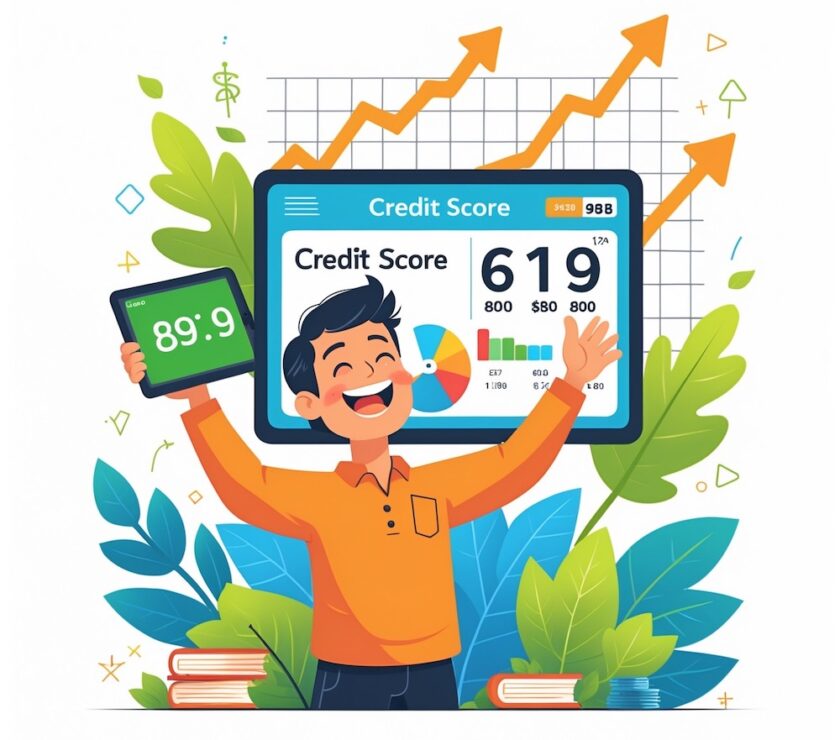No raise? No problem. This 90-day plan shows you how to rework your paycheck, kill silent money leaks, and stack a starter emergency fund—without earning a penny more. It’s about using what you have smarter, not working harder.
When rent is due, your fridge is whispering “feed me”, and your bank account looks like it’s ghosting you, the “broke cycle” hits hard. But here’s the kicker: most people don’t need more money to stop being broke—they need a better plan.
You don’t need a raise. You need a reset. Over the next 90 days, we’re flipping the script. We’ll show you how to stretch your current income further than you thought possible, and finally build that emergency fund everyone keeps tweeting about.
Let’s dive in, break the cycle, and take your money power back—on your current paycheck.
Table of Contents
- What Is the Broke Cycle?
- Why More Income Isn’t Always the Answer
- Your 90-Day Plan to Break Free
- Month 1: Awareness + Audit
- Month 2: Cancel + Reallocate
- Month 3: Automate + Emergency Fund
- Real-World Success Stories
- Final Thoughts
- FAQ
What Is the Broke Cycle?
The “broke cycle” isn’t just about low income. It’s about high spending on the wrong things, no savings cushion, and feeling like you’re always one car repair away from chaos.
Signs you’re stuck in the cycle:
- You make decent money but still live paycheck to paycheck.
- Your credit cards are your emergency plan.
- You feel “too broke” to budget.
Sound familiar? You’re not alone—and you’re not doomed.
Why More Income Isn’t Always the Answer
We’ve been conditioned to believe the only fix is “make more money.” But if your spending mindset is leaky, more income just means more to waste. The real flex? Mastering your money without needing more of it.
Main Mindset Change: The broke cycle isn’t broken by raises—it’s broken by reallocation.
Your 90-Day Plan to Break Free
This isn’t a “just stop buying lattes” pep talk. This is a strategic plan to:
- Audit your spending without shame.
- Cancel silent cash leaks.
- Reassign your dollars based on your goals.
- Build a mini emergency fund (yes, even if you’re starting at $0).
Month 1: Awareness + Audit
Step 1: Track Every Dollar for 30 Days
Use a budgeting app or pen and paper. The goal? See your actual habits—not your guesses.
Step 2: Identify “Cash Leaks”
Look for sneaky recurring charges, overpriced subscriptions, and lifestyle creep expenses. Cancel or reduce.
Example: That $17.99 “free trial” that’s been running for 8 months? Bye.
Month 2: Cancel + Reallocate
Step 3: Cut and Reassign
Every canceled subscription or trimmed bill gets reassigned to one of three places:
- Debt repayment
- Emergency savings
- Sinking funds for future expenses
Step 4: Embrace No-Spend Days
Designate 2–3 “no-spend” days per week. It forces intentionality and gives your budget breathing room.
Main Idea: To break the broke cycle, reallocation beats restriction.
Month 3: Automate + Emergency Fund
Step 5: Set Up Auto-Savings
Start small: even $5–$25/week adds up. Use apps like Chime, Ally, or even your bank’s auto-transfer feature.
Step 6: Build Your Emergency Fund
Aim for a $500 mini-fund. This isn’t your forever fund—it’s your “break the cycle” buffer to stop leaning on credit cards.
Real-World Success Stories
James, 27 (Brooklyn):
Cut 3 subscriptions, negotiated his car insurance, and saved $740 in 90 days—without a raise.
Tiana, 24 (Houston):
Used a no-spend challenge and saved $500 in 60 days after realizing she spent $150/month on delivery apps.
Final Thoughts
Breaking the broke cycle doesn’t require lottery winnings or six-figure salaries. It just takes a decision, a strategy, and some discipline. You’ve already got the drive—you’re here reading this. Now give your money a mission.
Your paycheck isn’t the problem. Your plan just got an upgrade.
FAQ
What’s the minimum I need to start?
Honestly, nothing. The first month is all about awareness. Then you build from there—even $10 a week helps.
What if I already have debt?
Perfect. This plan works even better because it shows you how to pay it down without feeling overwhelmed.
Can I still have fun during the 90 days?
Absolutely. Just budget for it. Fun should be planned—not accidental.
Financial Disclaimer
This content is for educational purposes only and does not constitute financial advice. Please consult a licensed financial advisor before making major money decisions.
Call to Action
Ready to start your 90-day breakthrough?
📌 Download our free 90-Day Broke Cycle Breaker Tracker
📬 Want more no-fluff finance advice? Subscribe to the PersonalOne Weekly
Internal + External Links
CNBC: 57% of Americans Can’t Handle a $1,000 Emergency




